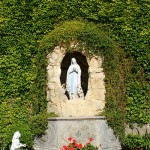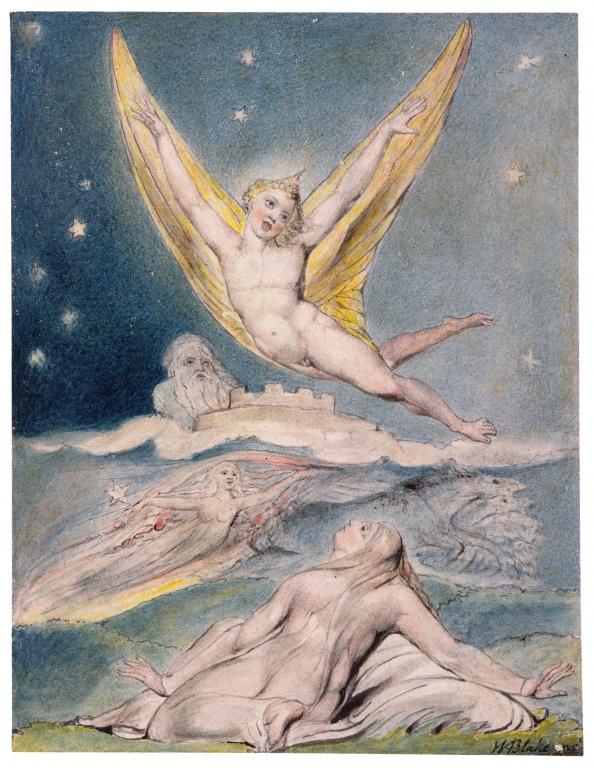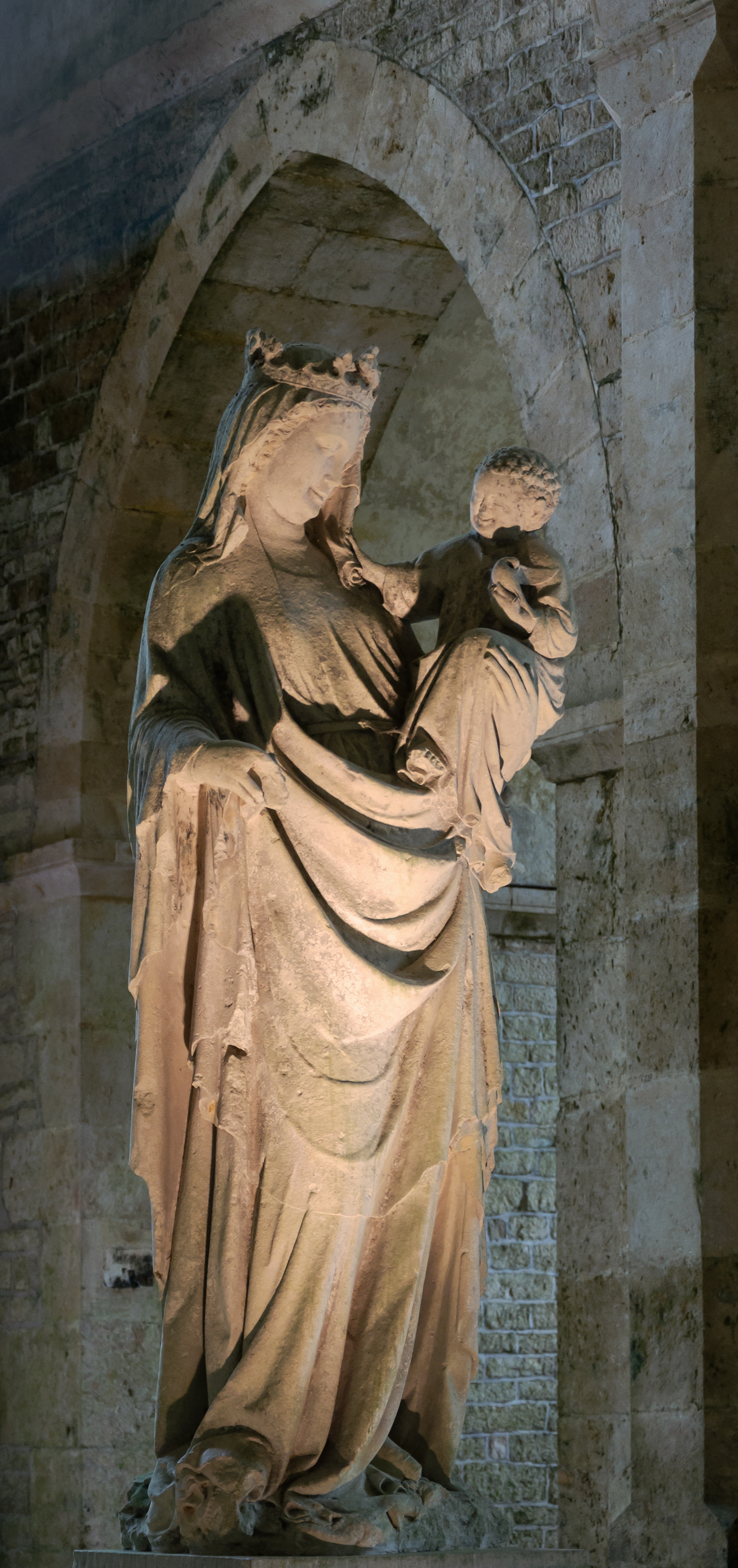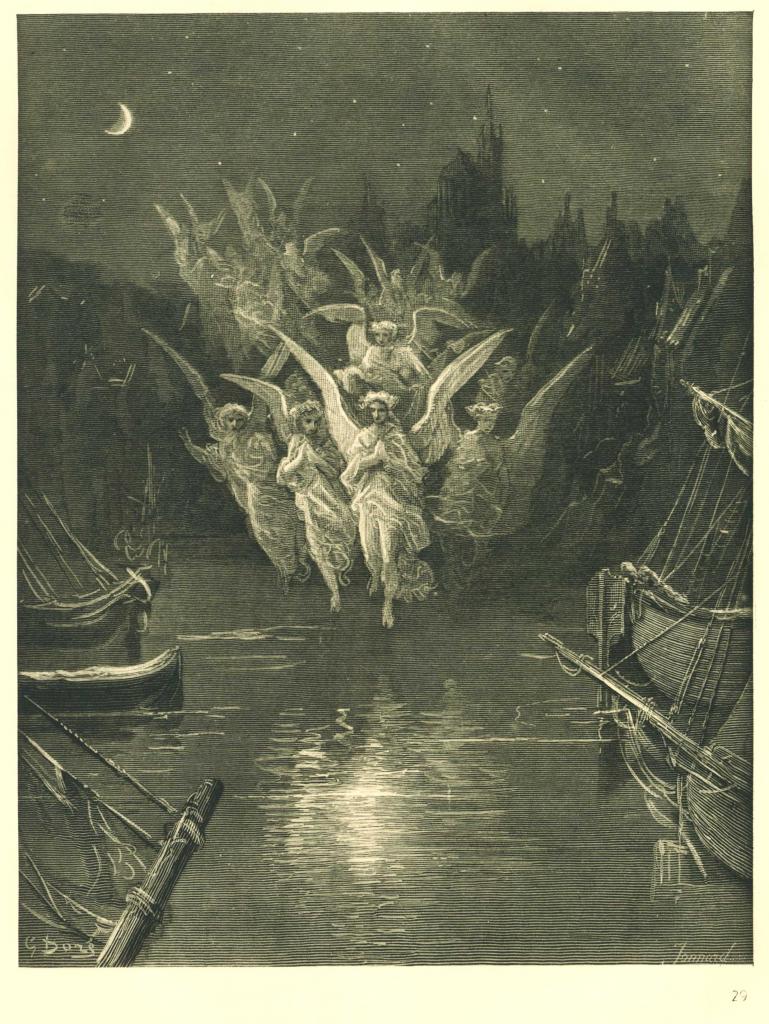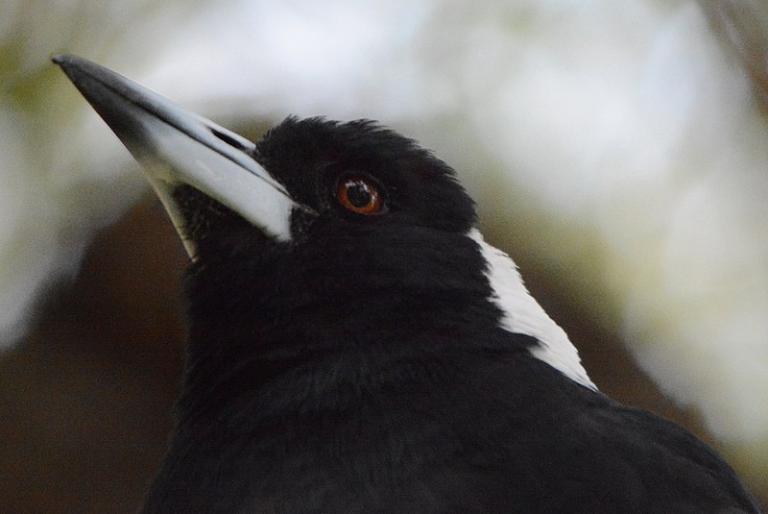David Russell Mosley

English: View towards the Burren Through a gap in the forest near Ballinruan, a glimpse of the famous hills of western Co. Clare.
Date 25 September 2007
Source From geograph.org.uk
Author Jonathan Billinger
(CC BY-SA 2.0)
Ordinary Time
The Baptism of the Lord 2017
The Edge of Elfland
Hudson, New Hampshire
Dear Readers,
When I was younger, I must admit, I took some relish in the swatting of flies and gnats and bees and wasps. Like the tailor who killed seven with one blow, I practiced trying to get more than one anytime I could. I even tried my hand at catching them, usually failing. As I’ve grown, I’ve taken less relish in killing something simply because it annoyed me. I’ll still swat at the occasional mosquito and old habits die hard, as they say, but I’ve tried to change.
Sometimes at night, whether I’m sitting at my desk after my wife has gone to bed, or I’m in bed reading with a book-light, I’ll be visited by a small gnat or other minuscule bug. They’re drawn to the light––an admirable trait in many insects––and, especially when I’m reading, they draw my attention. Killing them as they light on my book would be senseless. They aren’t bothering me, they aren’t harming me, they’re just enjoying the warmth of the light. As I watch them fly around I am reminded of two stories I thought I would share with you.
The first comes from George MacDonald’s “The History of Photogen and Nycteris.” In the story a witch named Watho raises two children, neither her own. The first, Photogen, is raised never seeing darkness. He is kept, awake, always in the light. The second, Nycteris, is raised in almost complete darkness, other than a small lamp in her room. The witch is performing a kind of experiment with the children. One that ultimately backfires on her. There is a wonderful scene from the book where Nycteris discovers a firefly as she tries to escape her room to find the moon:
“She followed the firefly, which, like herself, was seeking the way out. If it did not know the way, it was yet light; and, because all light is one, any light may serve to guide to more light.”
MacDonald here reminds us that light ultimately has one source, the Divine Light. And so, to follow any light, if followed truly, will ultimately lead you to the Divine Light. What I find so interesting is of course not only that some bugs, like fireflies, carry their own light, but so many others are drawn to light as well. We know this and have even used to our advantage in order to kill them. A misuse of light if ever there was one.
The second story is from the life of St. Colman mac Duagh. I first encountered this story in some little collection of stories about saints and animals, one whose title and author I cannot remember. I’ve always loved stories about saints who were so connected to the rest of creation that they had uncommon relationships with animals. I can remember a story about St. Kevin who knelt in his little hermitage praying, with one arm stuck out the window. A bird built a nest in his open hand and Kevin kept right on praying until the bird laid her eggs, cared for them, and watched them hatch. St. Colman, had a relationship with a different flying an animal: namely a fly.
Around AD 595, St. Colman became a hermit in the Burren Forest in Ireland. There he found a cave and began his hermitical life of prayer. St. Colman is actually said to have had three animal confrères. A rooster to call him to prayer, a mouse to wake him up after five hours of sleep, and a fly. The fly’s job may have been the most important. It served as a precise bookmark. Should the hermit leave off on a line, the fly would alight right next to it so St. Colman would be able to resume with ease.
I love this story and I love to recall it when I’m lying in bed and see the little gnat that flies about our room alight on my book. Sadly, he (or she) has not deigned to be of use to me in the same way that fly served St. Colman, but still, it is my companion when all else are asleep.
Medieval Christians developed books called bestiaries. In these books allegorical stories were told about the various beasts that share our home with us. One that has always stuck out to me is that of the beaver. When chased by a predator, the beaver was said to chew off its own testicles and throw them to the hunter. In this way they make it out alive. These stories actually date back to the ancient Egyptians, but the point is this: there are truths we can learn about the Christian faith, about the nature of reality when we watch our lower brothers and sisters. The application of the story of the beaver is that we too must cast off our vices as the devil chases us. Then the devil shall leave us be and we will be without our vices.
It doesn’t matter that beavers don’t actually do this. That isn’t the point. The point is that nature, that creation is a book of signs to be read and interpreted. So, when the gnat seeks the warmth of my book-light or the candle on my desk or even the horrific bug-zapper, it is a reminder that I too must seek the Light, even if it means my death.
Sincerely,
David


